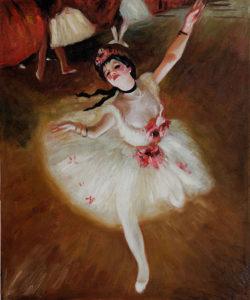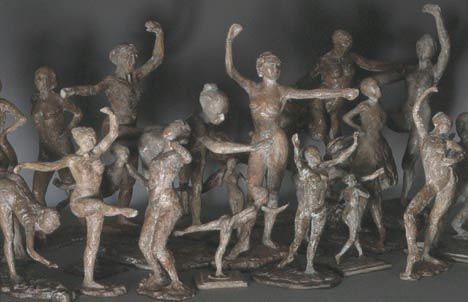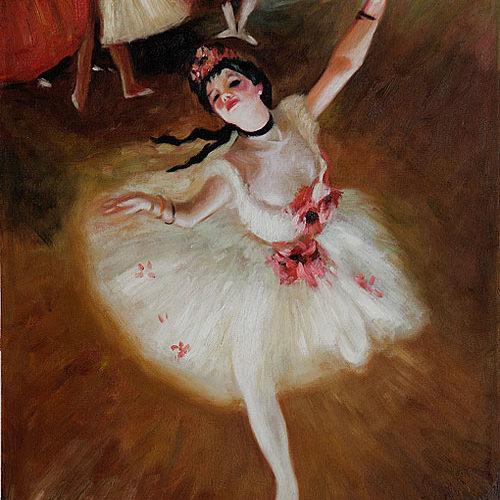Art
Degas Sculptures: Greatest Art Find of the Century?
 Edgar Degas certainly had an artistic fetish for dancers in his paintings, and his recently discovered plaster sculptures are no different. There are original wax sculptures and those that are bronze cast. The original waxes sculpted by Degas were cast and shown in Athens at the Herakleidon Museum back in April, which cannot be compared in reputation to the recently completed showing at Tel Aviv Museum of Art in June. There is much acclaim about this discovery, which is heralded as one of the greatest art finds of the century.
Edgar Degas certainly had an artistic fetish for dancers in his paintings, and his recently discovered plaster sculptures are no different. There are original wax sculptures and those that are bronze cast. The original waxes sculpted by Degas were cast and shown in Athens at the Herakleidon Museum back in April, which cannot be compared in reputation to the recently completed showing at Tel Aviv Museum of Art in June. There is much acclaim about this discovery, which is heralded as one of the greatest art finds of the century.
The Discovery
Were the sculptures gathering dust in some antique store or library? Actually, the plasters were found in a storeroom at the Valsuani Foundry on the south-western outskirts of Paris. The proprietor, Leonardo Benatov, sold the plasters to Art dealer Walter Maibaum who shipped them to New York in 2007. Of the 73 sculptures, 22 are still in residence at Maibaum’s. The others were sold, including various recasts of the plasters creating a percentile of shrinkage. The Little Dancer, the most valuable original, will be shown, but its recast sold at Sotheby’s in 2009 for 13.3 Million euro. Another 46 recasts were created to be sold for 2 million U.S. dollars a piece.

Shrinkage and Aesthetic
The less rare an item becomes the more of a coffee table conversation piece it becomes. A two million dollar conversation piece certainly raises many questions.
While these reclaimed plasters may be a true art find of the century, some of our art museums seem to be exploiting the aesthetic of a so-called “greatest art find of our century.” While the average consumer and art lover certainly cannot afford an original Degas plaster or its recasting, it can be understood as to why reproductions and museum showings provide us the opportunity to admire and explore the aesthetic the artist intended to communicate with his viewer. Yet, who would suppose that Degas’ dancers be sold as if they are red hot irons impersonating golden statues of pharaohs or vital organs on the black market?
With bronzes set to show in New Orleans in 2011, and considerations for viewing in Boston, Seattle, and other major cities, curators and art lovers may be getting ahead of themselves. Some claim that the bronzes have not been appropriately studied, while others like John Bullard, New Orleans Museum director and curator of the show at his venue, is convinced of the sculptures’ authenticity. “No internationally recognized Degas sculpture experts have publicly voiced concern over them. If they have problems, they should speak out,” he shared with the Art Newspaper.
Concern is currently controversial, and controversy always surrounds the greatest discoveries of our time, whether some of them are fakes or true works of Degas. Regardless, controversial subjects intrigue and create a mystique inside an audience, and our curiosity is piqued. The sculptures are dancers and move with the fluid grace of Degas’ paintings. The artist’s fetish remains timeless and unchangeable. Whether you seek to preserve aesthetics in art through originals or any of its recast incarnations, what the viewer takes away is unchanged and priceless.




